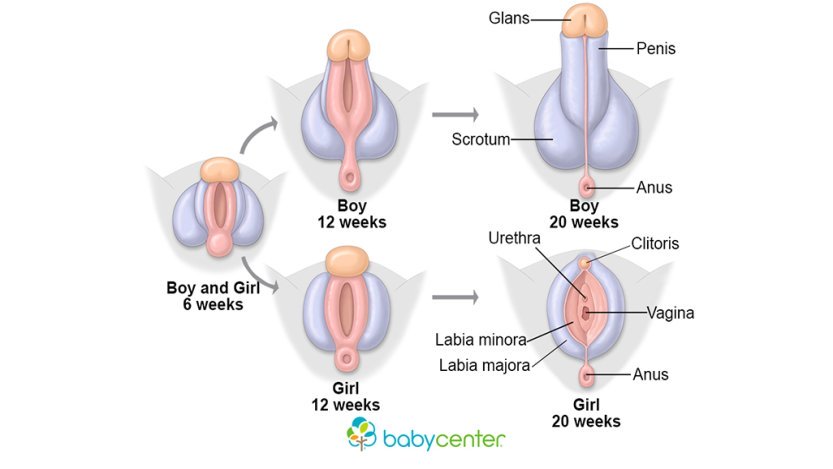Why are we not talking about the clitoris?
Repeat after me… clitoris. How was that? Was it easy? Was it difficult?
Are you pronouncing it right?
Lets try again… cli…. tor… is…. Was that better?
Alright, lets do it one last time, nice and loud.
CLIIIIIIIIITOOORIIIIIIIIS!!!
Now that I’ve got your attention, let’s talk about an important topic, the clitoris (big surprise), and why we are not talking about it. As we can see, I get pretty excited about this subject, excited enough to scream into a megaphone about it. In fact, we should all be excited about the clitoris. Why?
The clitoris is the only organ in the body that functions purely for pleasure.
Read that again. The clitoris is the only organ in the body that functions purely for pleasure.
The clitoris has over 8,000 nerve endings. That’s double the nerves that are in the penis (which can be more or less depending on circumcision.
Let’s look into the anatomy
The clitoris is like an iceberg. The clitoral head that you can see externally (the little “button” at the top of the vaginal and urethral opening) is like the tip of the iceberg, with a whole internal structure that is responsible for sexual response. The entire structure is made of erectile tissue that fills with blood (vasocongestive) during sexual response.
**quotations marks are used around binary gendered words to bring awareness to the language**
Internal Clitoris Structure
First off: have you ever seen what the entire clitoris structure looks like? This is just one example of one. What are your initial impressions after seeing this one?
Clitoral Glans: This is also known as the clitoral head. The visible external part that can be seen just above the vaginal and urethral opening. This is also a homologous structure to the penile head.
Clitoral Prepuce: Also known as the foreskin or clitoral hood. The prepuce is where the labia minora (inner lips) of the vulva meet at the top of the clitoral glans. This structure can also be found on the penis (penile prepuce). This fold protects the sensitive clitoral glans. If this area is not cleaned regularly, a cheesy like substance called smegma can form.
Corpus Cavernosum: An erectile tissue that fills with blood during sexual response. Homologous to the corpus cavernosa in the penis.
Clitoral Crus: The crus of the clitoris is a V like structure composed of erectile tissue and connected to the pubic bone. Homologous to the crus of the penis. (Are you noticing a pattern?)
Vestibular Bulb: Elongated masses of erectile tissue that sit on either side of the vaginal introitus (vaginal opening). Homologous to the bulb of the penis.
Source: Baby Center
I’m hoping you noticed a pattern in those descriptions. Did you see the word homologous numerous times? Homologous means having a similar relative structure or position.
In the womb, all fetuses have indistinguishable genitals to start. We all begin with the same parts, and as we develop our parts get organized into different places. Our genitals don’t begin looking “male” and “female” until about 9 weeks in development, but until then, we all look the same.
By 12 weeks, the glans in the “males” starts elongating to form a shaft. By 14 weeks in “females,” the bulges on the outer sides of the glans form the labia, and the glans forms into the clitoris.
Some children are born with genitals that don’t fit the full idea of “male” and “female” parts, these are called intersex genitalia. Those who are intersex may have ambiguous genitalia or internal genitalia. This can be caused by different chromosomal combinations. Those who are born intersex, may be assigned a gender at birth, but it may not match their identity as they develop. “Intersex babies are always assigned a legal sex, but sometimes when they grow up, their gender doesn’t match the sex selected for them” (Planned Parenthood).
So why is the clitoris so mysterious?
Source: giphy
The clitoris is generally absent in most American K-12 sex education classes (what a bad student). In fact, if you google anatomy diagrams of the vulva (this was written in 2019), half of them don’t even have the clitoris labeled. Why? There is a lot of shame attached to this body part, especially here in America. What does this body part do? It provides pleasure. Pleasure to who? The “female body.” Why is this so shameful? Our societal messages tend to tell us that “female bodies” shouldn’t be pleasured, we should give pleasure.
When we think of sex, the general agreement on the definition of sex is “penetrative sex.” That means penis in vagina. “Male” bodies usually can orgasm from penetrative sex, but “female” bodies not always can. When you introduce the clitoris to the picture, the “female” body may no longer need the penis for their sexual experience. The penis may just become a source of stimulation or another component to a great sexual experience for them, rather than the whole experience.
When children hit puberty, what are the “boys” generally taught in American sex education? To masturbate, to find pleasure, sweat, and to handle their urges. What are “girls” taught in American sex education? To bleed.
So what if we flipped the script? What if we start teaching what a clitoris is to “female” bodies that are going through puberty? What if we give them the permission that we give “males” to find pleasure in their own privacy? When children are given permission during puberty to explore, they learn what to say yes to and what to say no to. If “female” bodies don’t know what their clitoris is, then how can learn to navigate their own pleasure? This can (possibly) eventually lead to painful sex (such as Genito-Pelvic/Penetration Pain Disorder), not experiencing orgasm (Female Orgasmic Disorder), or even inhibited/low sexual arousal.
It’s pretty common for a 4 year old “boy” to know what his penis is, so why can’t a “girl” know where their clitoris is? If you own a body, you should have an inherent right to know what all your body parts are and why they function.
Just like penises, the clitoris looks different on everyone! Sometimes the clitoral hood covers the clitoris completely, sometimes the clitoris is bigger, sometimes it can be hard to find. Appreciate the diversity of the clitoris by watching the video below!
Till next time,
Jenn





